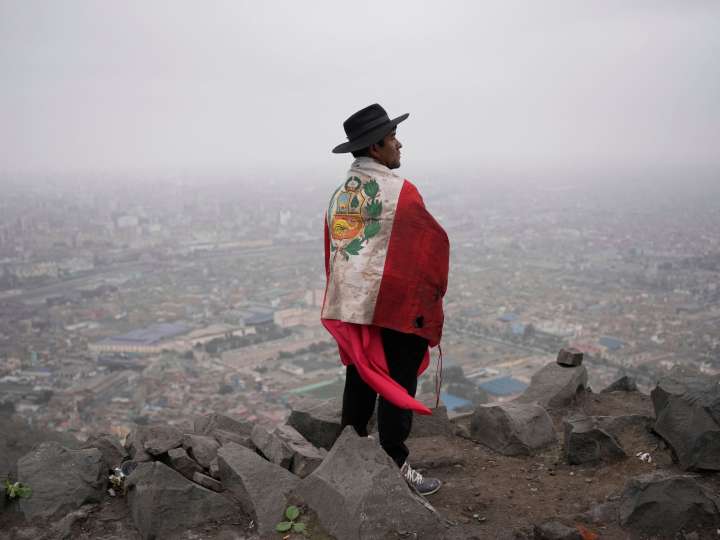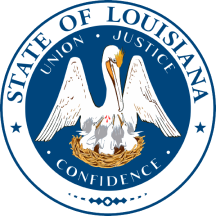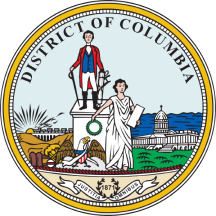First came the rattle of a loud explosion. Then, the patter of gunfire reached 14-year-old Francisco Ochoa's ears.
Ochoa and his father had been up since the crack of dawn on August 14, 1985, preparing to sow seeds in the corn fields outside Accomarca, a small village nestled in the rugged Andean mountains of south-central Peru.
But the unexpected sounds coming from their hometown forced them to rush back.
It was late morning by the time they reached the houses, but the village was eerily quiet.
"The first thing I remember from that day is the smell when we arrived," Ochoa, now 54, recalled. "It smelled like smouldering flesh, and there was no one around."
They had stumbled upon one of the most infamous massacres of Peru's two-decade-long armed conflict, one that marks its 40th annive

 Aljazeera US & Canada
Aljazeera US & Canada

 Local News in Louisiana
Local News in Louisiana Local News in D.C.
Local News in D.C. AlterNet
AlterNet The Hill
The Hill Raw Story
Raw Story Cover Media
Cover Media America News
America News